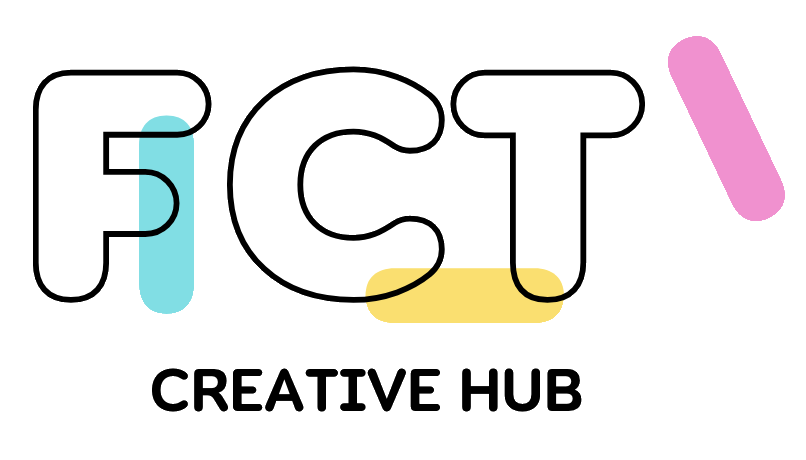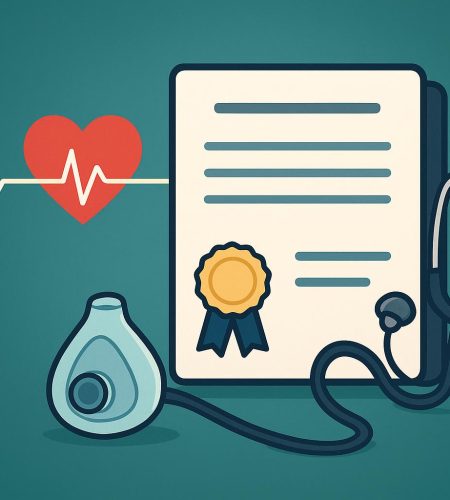Whether you’re a healthcare professional, fitness trainer, or caregiver, being prepared for emergencies can make the difference between life and death. That’s why obtaining bls certification is one of the most important steps anyone in a caregiving or professional setting can take. More than just a credential, it equips individuals with the critical skills to respond quickly and effectively in life-threatening situations.
What is BLS Certification?
BLS, or Basic Life Support, is a set of life-saving techniques designed to keep someone alive until advanced medical care arrives. Unlike general first aid, BLS focuses on serious emergencies such as cardiac arrest, respiratory failure, and obstructed airways. The training covers skills like:
- High-quality CPR for adults, children, and infants
- Proper use of an Automated External Defibrillator (AED)
- Team-based resuscitation approaches
- Effective rescue breathing and airway management
For healthcare providers, these skills are not optional—they are essential.
Why BLS Certification Matters
- Saves Lives in Critical Moments: Sudden cardiac arrest can happen to anyone, anywhere. Immediate CPR and AED use can double or even triple survival rates.
- Professional Requirement: For doctors, nurses, EMTs, and other healthcare workers, certification is often a job requirement.
- Confidence in Emergencies: Training builds the confidence needed to remain calm and effective when seconds count.
- Legal and Ethical Responsibility: Professionals entrusted with the safety of others must be prepared to act in emergencies.
Who Needs BLS Certification?
While healthcare professionals are the most common group seeking certification, the training is valuable for:
- Childcare Providers & Teachers: Children are particularly vulnerable to choking and respiratory emergencies.
- Fitness Trainers & Coaches: Exercise environments can increase risks of cardiac incidents.
- Caregivers & Parents: Knowing how to respond quickly could save the life of a loved one.
- General Public: Emergencies can strike anyone, and trained bystanders are often the first responders.
The Benefits of Online BLS Certification
In today’s digital world, certification no longer requires in-person classroom time. Online training programs offer:
- Flexibility: Learn at your own pace, anytime, anywhere.
- Affordability: Lower costs compared to traditional classes.
- Convenience: No need to rearrange schedules—training can be completed in just a few hours.
- Accreditation: Reputable providers issue nationally recognized certifications.
This accessibility ensures that more people can gain life-saving skills without the barriers of time or geography.
How BLS Training Builds Preparedness Beyond Healthcare
BLS training doesn’t just benefit medical professionals—it empowers communities. Workplaces, gyms, schools, and homes become safer when individuals are trained to act decisively. In fact, studies show that communities with higher CPR and BLS training rates have significantly better survival outcomes for cardiac arrest patients.
Tips for Choosing a BLS Certification Provider
- Accreditation: Ensure the provider’s certification is widely recognized by employers and institutions.
- Comprehensive Curriculum: Training should include CPR, AED use, and airway management for all age groups.
- Convenience: Look for online options that allow flexible study.
- Renewal Options: Certification typically lasts two years—choose a provider that makes renewal easy.
Final Thoughts
BLS certification is far more than a line on a résumé. It represents knowledge, preparedness, and the ability to save lives. Whether you’re a seasoned healthcare professional or simply someone who wants to be ready in case of an emergency, BLS training is an investment in safety and confidence. For those ready to take the next step, Simple CPR offers accredited, flexible online courses that make certification accessible for everyone.

